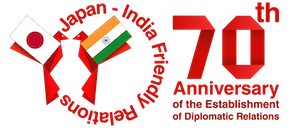Message from Mr. Yanagihara
In 2013, “Washoku, traditional dietary of the Japanese, notably for the celebration of New Year” was recognized as an intangible cultural heritage by UNESCO, and the entire food culture, including Japanese ingredients and cooking techniques, has been attracting attention worldwide.
In this context, I was appointed by the Agency for Cultural Affairs to participate in a cultural exchange program that took me to New Zealand, Brazil, Canada, and the United States, where I gave 28 lectures over a three-month period to deepen my understanding of Japanese food culture.
I am most delighted to receive the opportunity to participate in a project that allows us to study our respective traditional daily food systems and ultimately identify values and practices common to our two countries.
India and Japan are countries with long histories and beautiful natural landscapes. Both have a unique and diverse culture that reflects the natural environment. From ancient times, Japanese people have long believed that Gods live among them in nature, with the number of Gods as high as 8 million different deities. This belief is reflective of the structures of Japanese society, where diverse value systems coexist in harmony. I personally feel there lies something in common between our two countries.
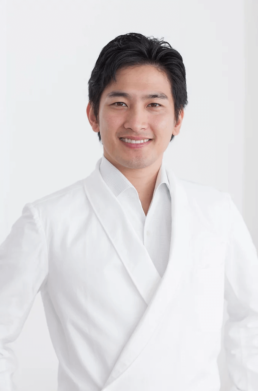
The Japanese cuisine is often characterized by its respect for nature and seasonal changes. Indian cuisine also pays respect to nature and its many Gods, as well as emphasizes the importance of family mealtime. As such, I find some similarities in the very souls of Indian and Japanese cuisines.
Traditional Japanese food is called “WASHOKU” in general. Unlike the dishes you taste at restaurants, the daily meals you eat with your family at home are called “ICHIJU SANSAI,” which is a typical style of Japanese cuisine. Above all, the characteristic of Japanese cuisine is that “rice” is chosen as its staple food. The Japanese have long regarded rice, a blessing of nature, as sacred. The rice cooked in water is called “Gohan (cooked rice)”, and this word ‘Gohan” also refers to the meal itself. In Japan, a common way of serving a meal is to serve miso soup, pickled vegetables, and simmered fish with “Gohan (cooked rice)”. All dishes are served at once and eaten together. I heard that Indians eat in the same manner as this is believed to improve their physical condition and health.
As we all know, Indian and Japanese cultures are different. I believe the differences themselves should not be seen as a barrier between the two countries; instead, we should use these differences as an opportunity to recognize, understand, and appreciate each other’s values. As mentioned earlier, it seems that there are many hidden similarities in our two cultures, which have not been focused on until now. On the surface level, our two cultures exhibit many differences; however, I rather feel that we can find a powerful common ground as we better understand and respect each other’s cultures. I think this project is very unique and important, hence I am really looking forward to participating in the project.
This year marks the 70th Anniversary of the India-Japan diplomatic relations establishment. I sincerely hope that this project contributes to further strengthening the relationship between our two countries. I wish that our relationship thrives for the many years to come, well beyond the 100th anniversary.
Naoyuki Yanagihara
Japanese Cuisine Goodwill Ambassador
President of Yanagihara Cooking School
Kinsa-ryu Soke (The Head of the Kinsa-school)
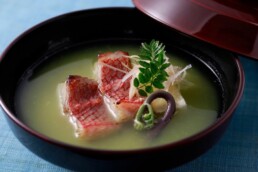

An Evangelist for Authentic Japanese Food Overseas

At the International Culinary Institute (ICI) in Hong Kong
with world-renowned Chef Yoshihiro Murata, Representative Director of Kikunoi, three-Michelin-starred Japanese restaurant. (right side)
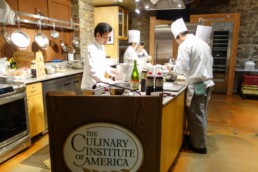
At The Culinary Institute of America (CIA) at Greystone
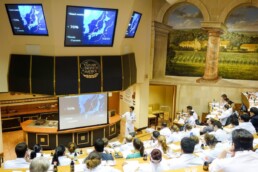
At The Culinary Institute of America (CIA) New York Campus
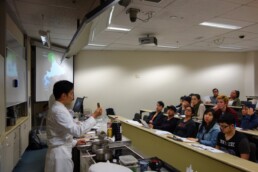
At Auckland University of Technology (AUT) in New Zealand
The secret of Japanese Cuisine #1 The secret of delicious Japanese fish in the market!
Introduction to AUTHENTIC Japanese Cuisine by Mr. Yanagihara
https://www.youtube.com/watch?v=Mk7ME8W7fUE
by Washoku World Challenge
【JCDC Online Special Program No.4】The Five Cooking Methods (3)|”Yaku”
JCDC (Japanese Cuisine and Food Culture Human Resource Development Committee)
https://www.youtube.com/watch?
